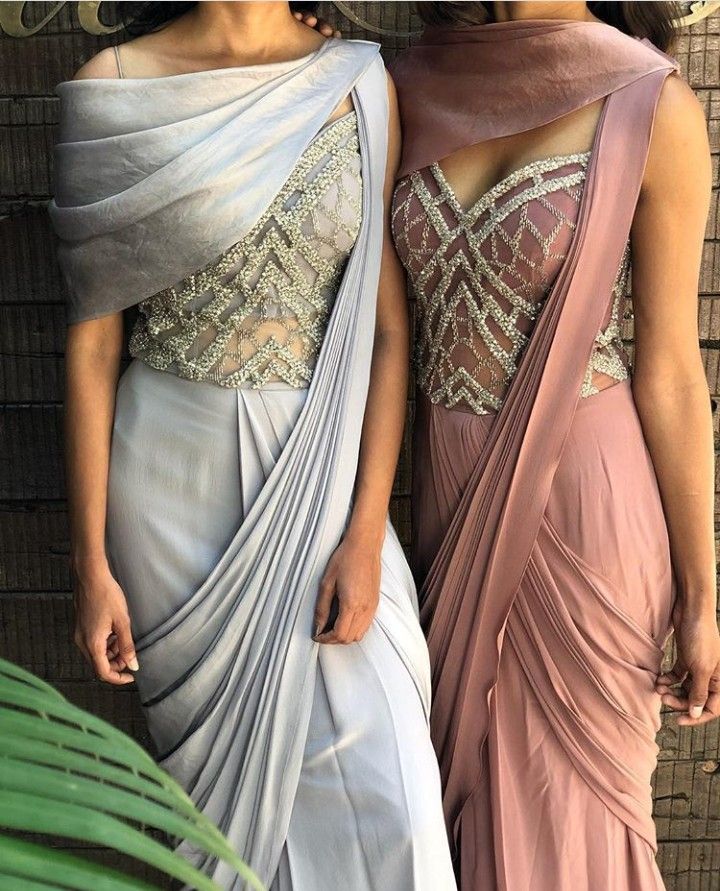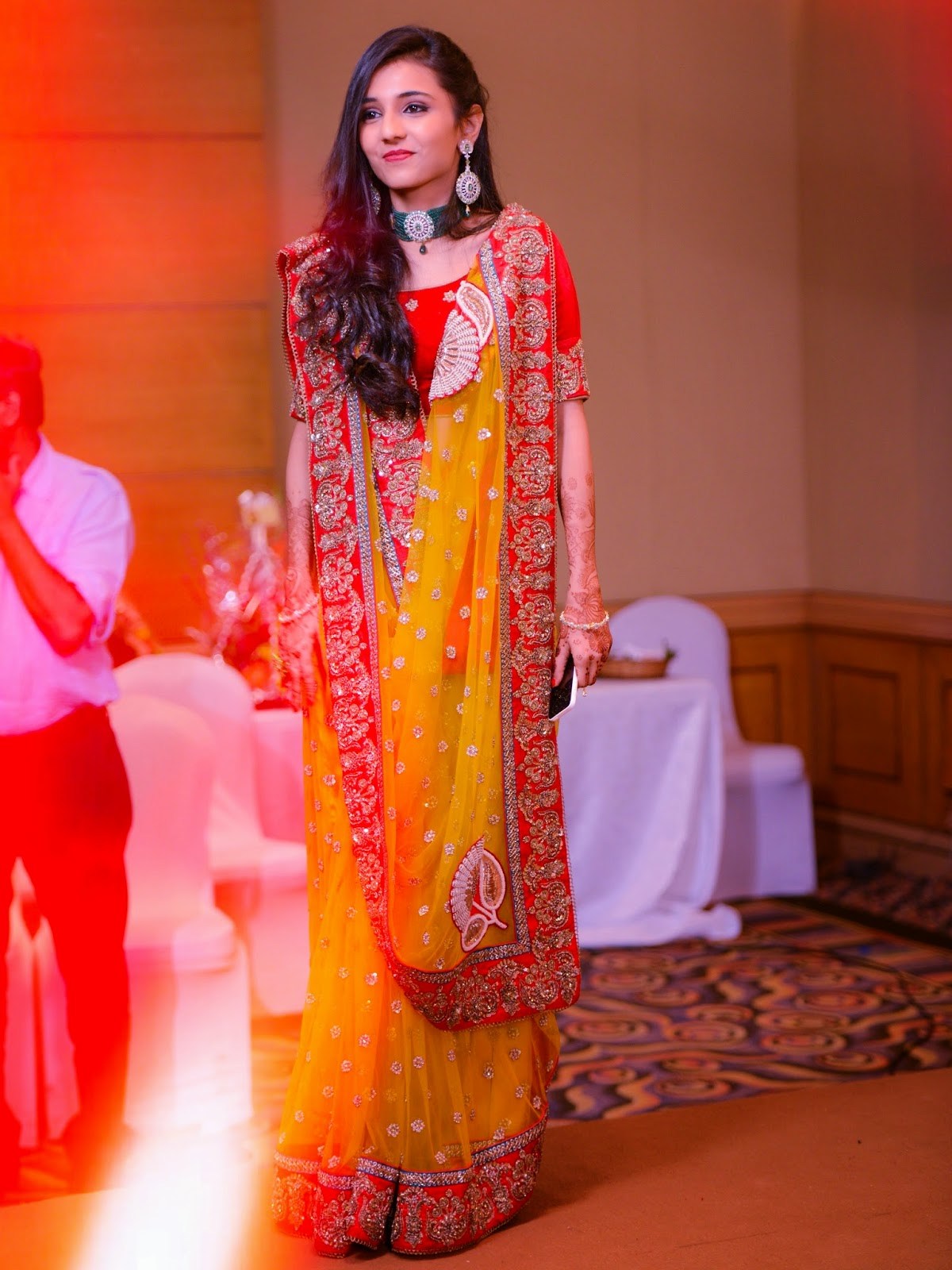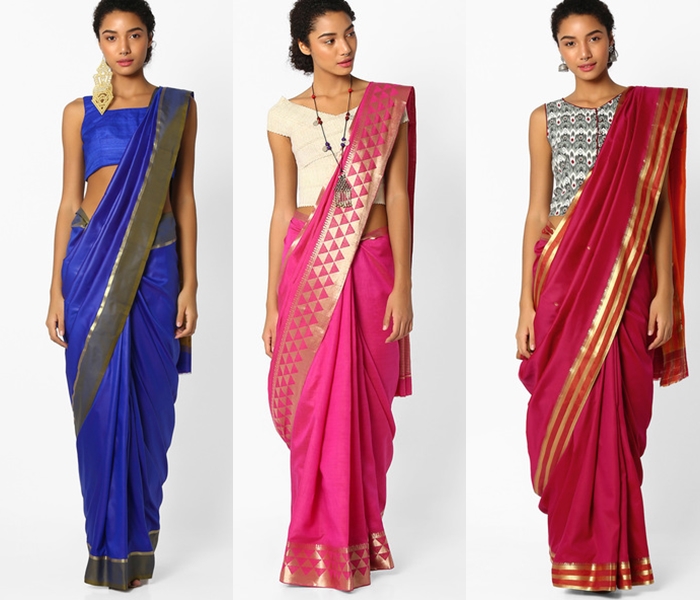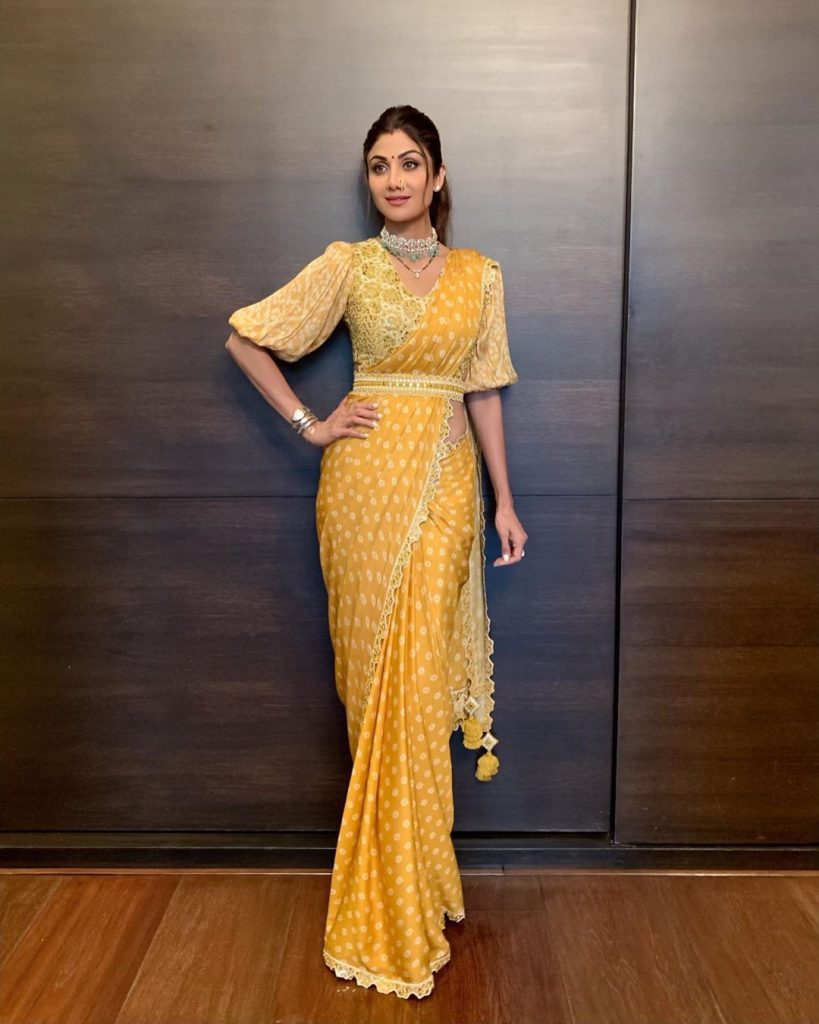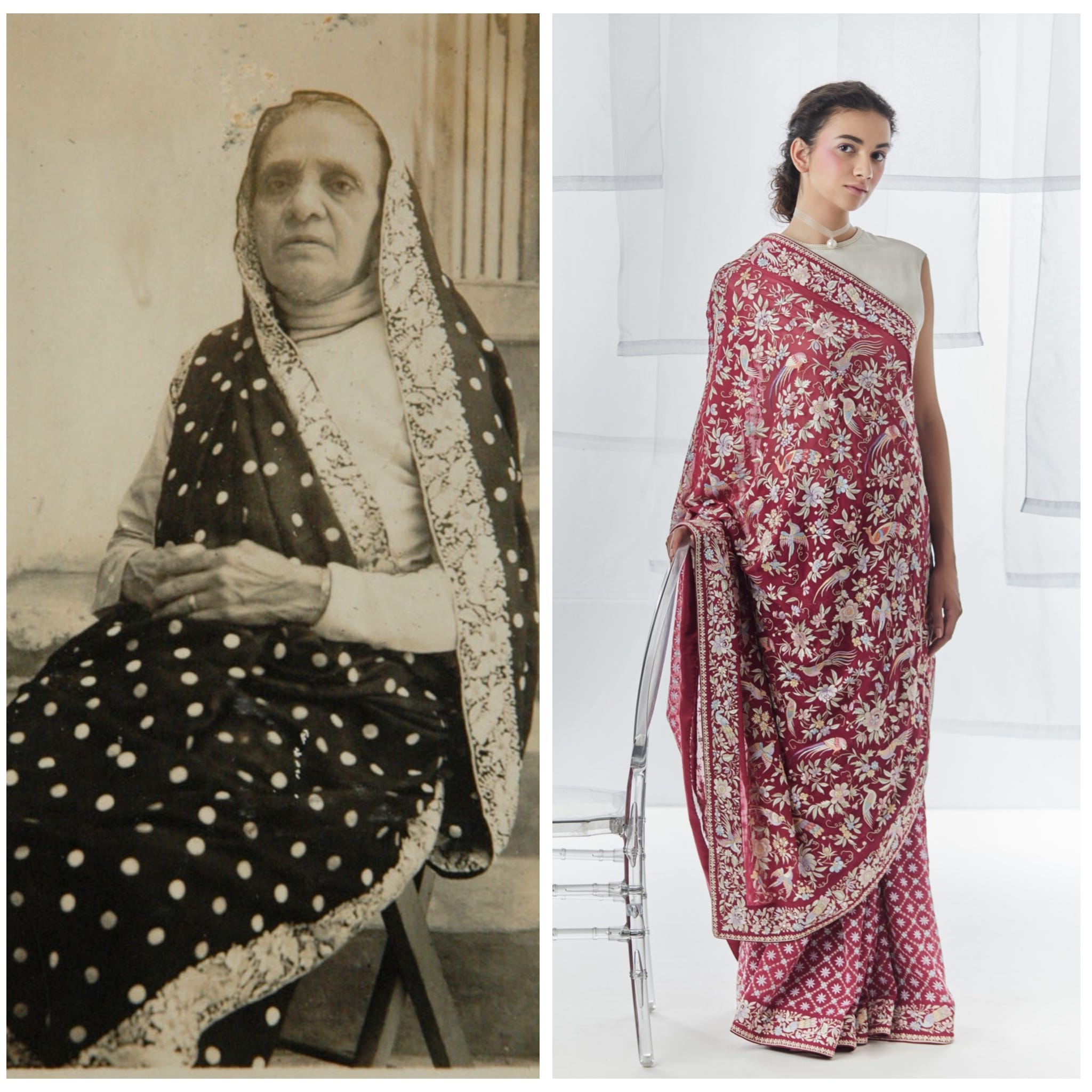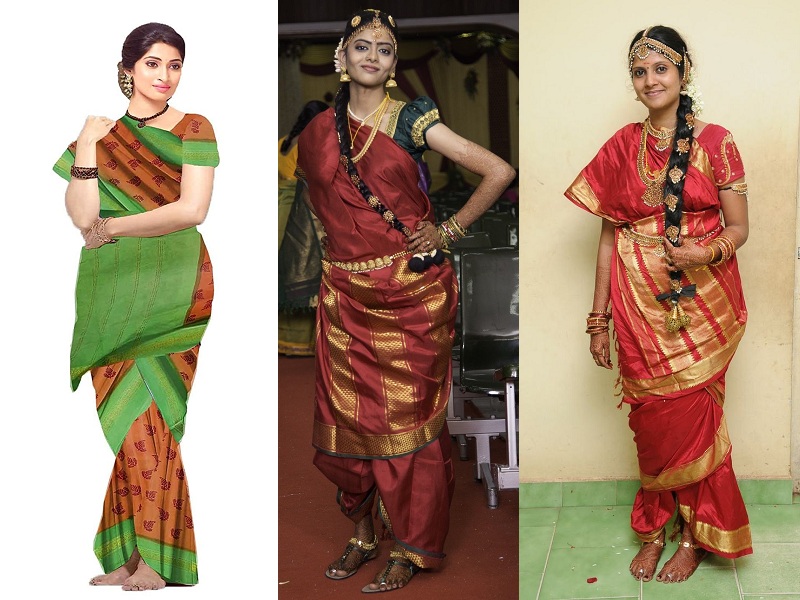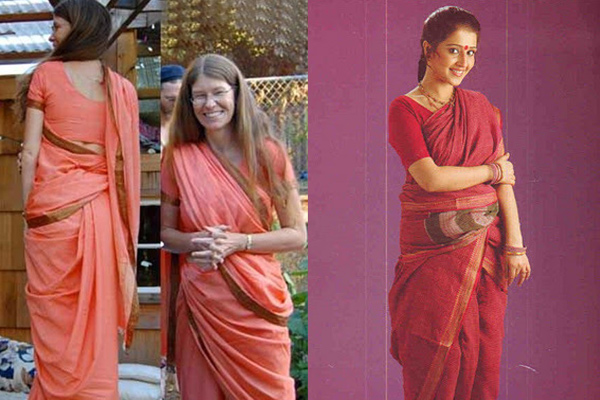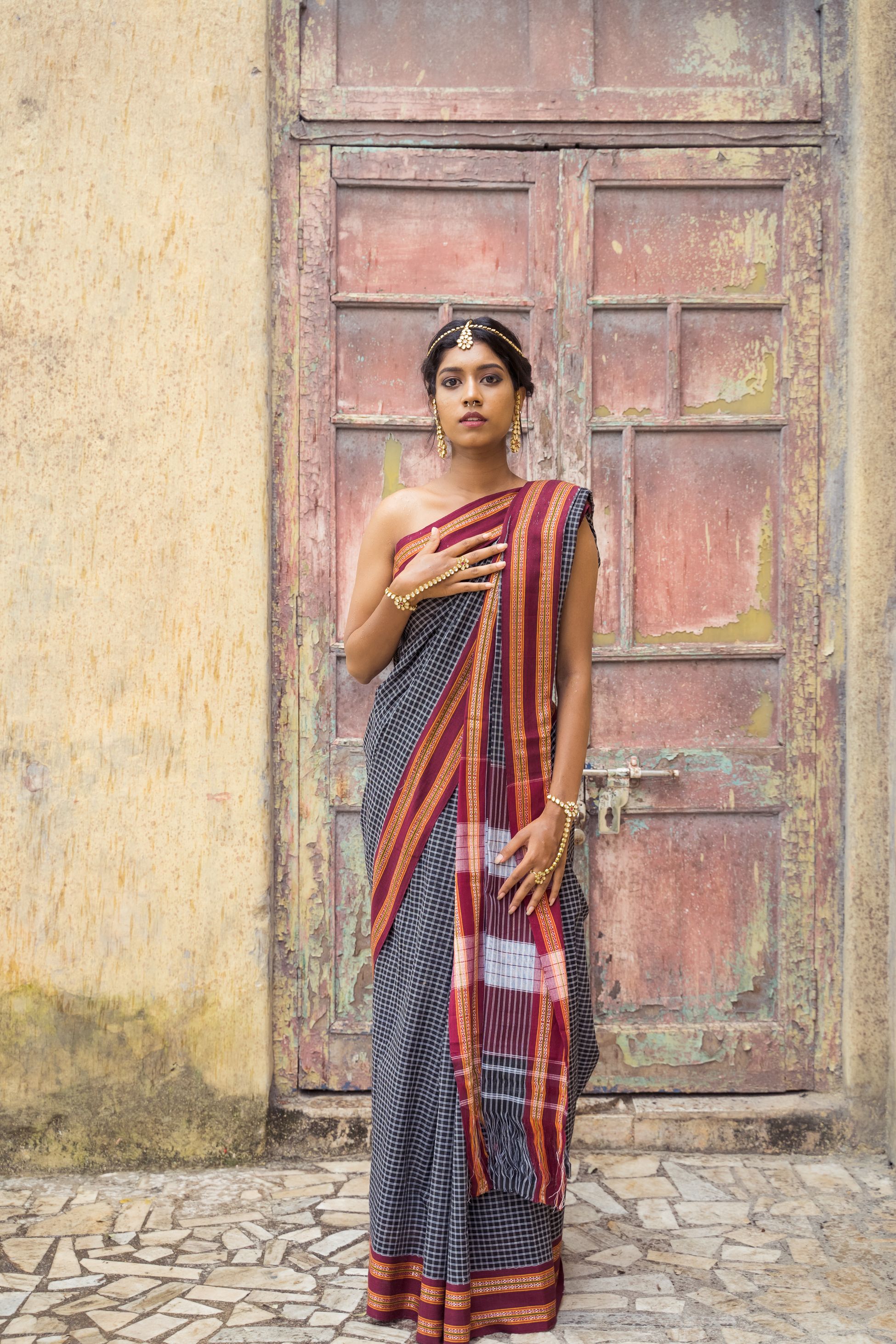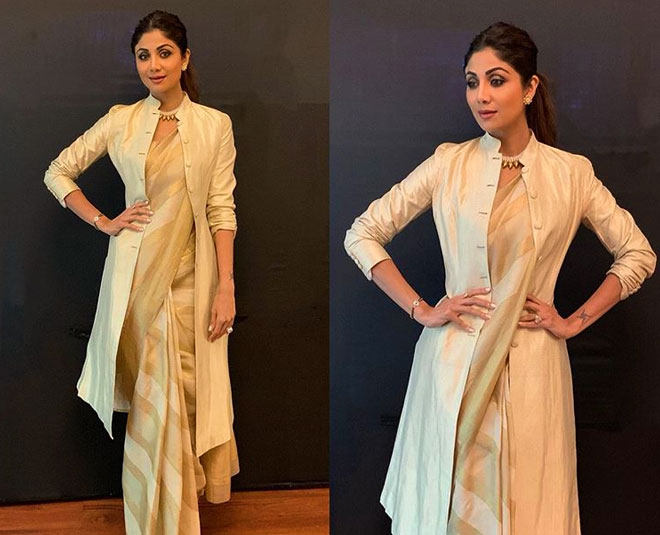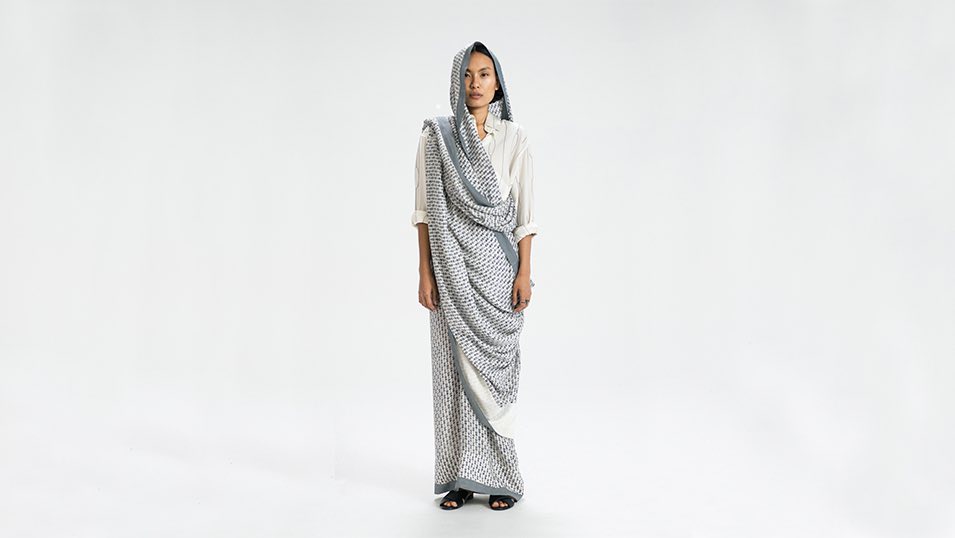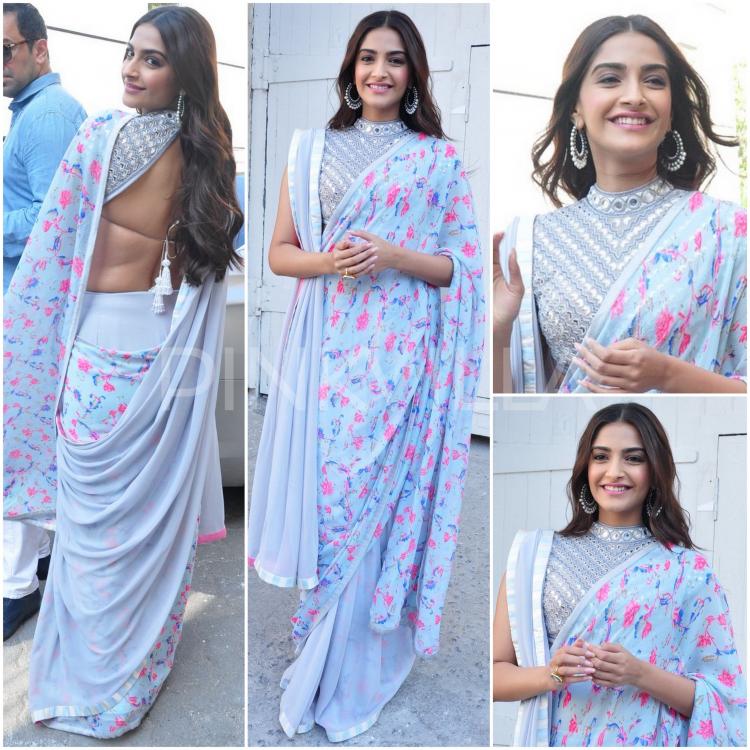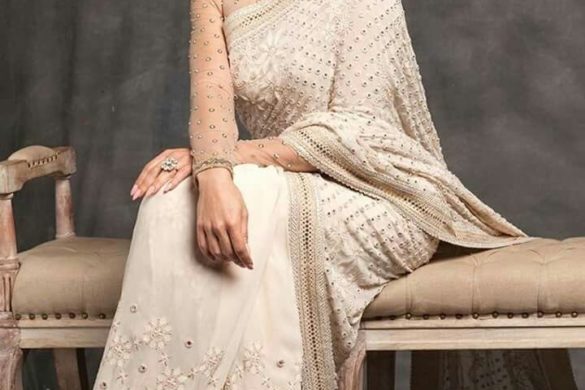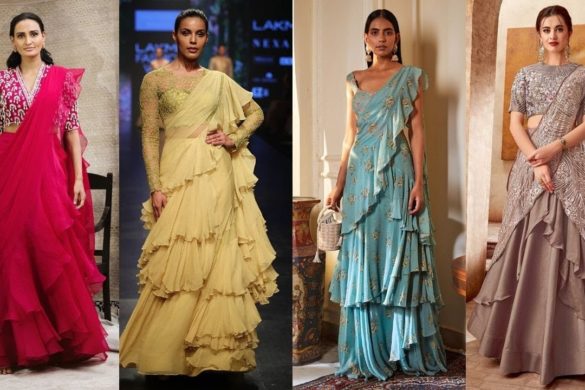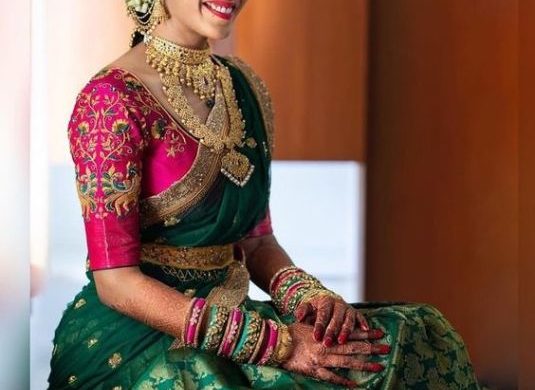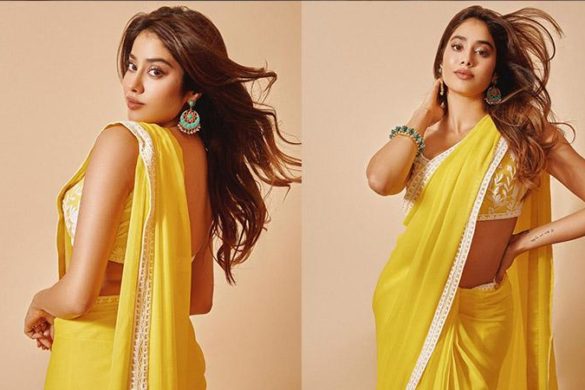Discover the various saree-wearing etiquette that is acceptable in India and throughout the world. There are several ways to wear a saree that may improve your appearance and make you feel more at ease, from the classic Nivi drape to the contemporary Butterfly design. There is a saree style for any occasion, whether you’re attending a wedding, a formal function, or you simply want to try something new. Go through some of the most common strategies below to choose one that best matches your preferences and personality. The classic Nivi drape, the Bengali style, the Gujarati style, the Maharashtrian style, the Tamilian style, and the modern fusion style are only a few examples of the different saree-wearing styles. In this piece, we’ll examine the numerous types of saree-wearing style accents that are fashionable both in India and elsewhere.
Contents
- 1. NIVI TYPES OF SAREE WEARING STYLE
- 2. BENGALI STYLE
- 3. GUJARATI TYPES OF SAREE WEARING STYLE
- 4. MAHARASHTRIAN STYLE
- 5. TAMILIAN TYPES OF SAREE WEARING STYLE
- 6. LEHENGA STYLE
- 7. MUMTAZ TYPES OF SAREE WEARING STYLE
- 8. BUTTERFLY STYLE
- 9. RAJRANI TYPES OF SAREE WEARING STYLE
- 10. MERMAID STYLE
- 11. SEEDHA PALLU TYPES OF SAREE WEARING STYLE
- 12. HALF SAREE STYLE
- 13. PANT TYPES OF SAREE WEARING STYLE
- 14. GOWN STYLE
- 15. KACCHA TYPES OF SAREE WEARING STYLE
- 16. PLEATED STYLE
- 17. BELT TYPES OF SAREE WEARING STYLE
- 18. MEKHELA CHADAR STYLE
- 19. KERALA TYPES OF SAREE WEARING STYLE
- 20. PARSI GARA STYLE
- 21. MADISARU TYPES OF SAREE WEARING STYLE
- 22. PINKOSU STYLE
- 23. FLOATY TYPES OF SAREE WEARING STYLE
- 24. NECK DRAPE STYLE
- 25. KUNBI TYPES OF SAREE WEARING STYLE
- 26. SAREE WITH JACKET
- 27. SANTHALI STYLE
- 28. SURGUJA TYPES OF SAREE WEARING STYLE
- 29. ODISSI STYLE
- 30. DOUBLE PALLU STYLE
- CONCLUSION
1. NIVI TYPES OF SAREE WEARING STYLE
The Nivi style is an Andhra Pradeshi custom and is the most common way to wear a saree. The saree is tucked in at the waist and draped over the left shoulder, with the pallu over the right shoulder. Its pattern is so versatile that it may be worn for any occasion.
2. BENGALI STYLE
The drapery design of the Bengali saree is unique and affluent. It is from West Bengal and is perfect for women who want to seem traditional but stylish. In this configuration, the pallu is slung over the left shoulder, and the saree’s pleats are at the back. A bindi, traditional jewelry, and a traditional Bengali shirt are frequently used to adorn sarees.
3. GUJARATI TYPES OF SAREE WEARING STYLE
The Gujarati style is among the brightest and most colorful ways to drape a saree. It comes from Gujarat and is perfect for women who want to seem stylish and modern. The pallu is looped over the right shoulder, brought forward, and then over the left shoulder while draping a saree in this way. The saree is typically worn with a choli blouse and ethnic jewellery from Gujarat.
4. MAHARASHTRIAN STYLE
Sarees are draped elegantly but simply in Maharashtra. It is perfect for women who wish to seem conventional yet fashionable, and it is from Maharashtra. This method involves draping the pallu over the left shoulder and tucking it in at the waist. Typically, a nose ring, other jewellery, and a saree are worn combined with a traditional Maharashtrian blouse.
5. TAMILIAN TYPES OF SAREE WEARING STYLE
Sarees are draped in a straightforward yet elegant way in Tamilia. It comes from Tamil Nadu and is ideal for women who wish to seem traditional but trendy. This method involves draping the pallu over the left shoulder and tucking it in at the waist. Traditional Tamilian blouses are frequently worn with sarees, and traditional jewelry is used as an accessory.
6. LEHENGA STYLE
Sarees are draped in a modern, fashionable way with lehengas. It is ideal for women who wish to seem sophisticated but stylish. This particular saree design has the pleats tucked in at the waist and the pallu draped over the left shoulder. The saree is frequently worn with a choli blouse and on-trend jewelry.
7. MUMTAZ TYPES OF SAREE WEARING STYLE
In the 1960s, the famed Bollywood actress Mumtaz is credited with popularizing the Mumtaz saree-draping technique. The pallu is carried over the right shoulder, slung over the left shoulder, and finally tucked in the waist at the rear of the saree while draping in this particular way. Sarees are frequently paired with a form-fitting blouse and ethnic jewelry.
8. BUTTERFLY STYLE
A modern and stylish saree decoration is the butterfly saree drape. This method involves draping the saree so that the pallu is pinned to the shoulder and folded to resemble a pair of butterfly wings. A fitted blouse and modern jewellery are frequently worn with sarees.
9. RAJRANI TYPES OF SAREE WEARING STYLE
When a saree is draped in the Rajrani fashion, it looks regal and elegant. This Rajasthani-inspired outfit is perfect for women who want to seem traditional but stylish. The pallu is looped over the right shoulder, brought forward, and then over the left shoulder while draping a saree in this way. The saree is typically worn with a traditional Rajasthani blouse, and traditional jewellery is added as an ornament.
10. MERMAID STYLE
By employing the mermaid drapery technique, sarees may be worn in a modern and stylish way. This method gives the saree a mermaid-like appearance by draping the pallu over the left shoulder. At the waist, the pleats are tucked in. When wearing a saree, modern jewelry and a fitted blouse are customary.
11. SEEDHA PALLU TYPES OF SAREE WEARING STYLE
Despite the fact that the Nivi and Seedha pallu styles are identical, the pallu is draped differently. The pallu should be worn as follows: first, it should be slung over the right shoulder; next, it should be brought forward; and last, it should be slung over the left shoulder. The saree is typically accessorized with jewels and a traditional blouse.
12. HALF SAREE STYLE
The pallu is draped differently even though the Nivi and Seedha pallu styles are the same. The pallu should be thrown over the shoulders in the following order: first over the right shoulder, then brought forward, and then over the left shoulder. The traditional way to adorn a saree is with jewelry and a traditional blouse.
13. PANT TYPES OF SAREE WEARING STYLE
You may wear a saree in a chic and cozy way with the pant type of draping. This particular saree design has the pleats tucked in at the waist and the pallu draped over the left shoulder. The saree looks more contemporary when worn with pants rather than a petticoat. Sarees are typically paired with trendy jewellery and a fitted blouse.
14. GOWN STYLE
Wearing a saree in the gown style is stylish and current. The pallu of the saree is draped over the left shoulder to resemble a gown, while the pleats are tucked in at the waist when it is worn in this manner. Sarees are usually paired with a slim blouse and contemporary jewellery.
15. KACCHA TYPES OF SAREE WEARING STYLE
The kaccha style of draping is a traditional way to wear a saree that is well-liked in Gujarat. This method creates the appearance of a kaccha by draping the saree with the pleats in the back and the pallu over the left shoulder. The saree is typically worn with a Gujarati blouse, and traditional jewellery is added as an adornment.
16. PLEATED STYLE
One of the drapes we see most frequently is a saree drape with pleats. Pleated curtains look great with both heavier designer sarees and wedding Kanjeevaram sarees. Yet cotton sarees are the most popular fabric for pleated drapes. The epitome of elegance is a cotton saree with pleats and a high neck top.
17. BELT TYPES OF SAREE WEARING STYLE
Use this saree-draping method to make lehengas with belts look like you’re wearing them. Using this new style of clothing, which highlights your shape, is one of the best ways to preserve the saree. Settle on some gorgeous saree designs.
18. MEKHELA CHADAR STYLE
This statement uses the term “mekhela chadar” to describe the distinctive way that these Assamese handloom sarees are draped. Young Assamese women dress in a mekhela chadar, a two-piece costume. The first piece is worn at the bottom like a sarong and has crisscross pleats in the front, whereas the second piece is worn with one end tucked around the waist on the left side and the other end draped across the shoulder like a shawl.
19. KERALA TYPES OF SAREE WEARING STYLE
It is the typical saree style worn by Keralans. The only area of the sari that was customarily draped was the lower half of the body. The Neriyathu in this instance is concealed underneath the garment. In the southern part of India, you may find women wearing this particular kind of sari, accessorized with a lot of gold jewellery and white flowers in their hair.
20. PARSI GARA STYLE
Have you ever seen the exquisite clothing that Parsi women frequently wear or simply don during their festivals? According to the Saree Perawana tradition, Parsi women begin dressing appropriately once they put on sarees. The pallu, or gara, is then draped over the blouse following a hold from behind. The pallu is first brought to the right shoulder and then gently flung over the left shoulder to spread out the folds in front.
21. MADISARU TYPES OF SAREE WEARING STYLE
In the Iyer and Iyengar traditions, women are required to wear this clothing after being married, at festivals, and on important occasions. Women don’t need a petticoat while wearing a saree draped in this way since the bottom half is worn like a dhoti and the top half is pleated. A knot is tied to secure the saree.
22. PINKOSU STYLE
One of the traditional saree-draping techniques used in Tamil Nadu is called pinkosu. In English, the phrase refers to back pleats. The woman accomplishes this by encircling her waist with the saree 1.5 times. In contrast to a normal saree, the pleats on this garment start from the inside of the waist. Sarees made on a handloom are typically appropriate for this look.
23. FLOATY TYPES OF SAREE WEARING STYLE
The simplest drape to own and wear is this one. With the pallu fastened by a pin or brooch, any type of saree—including pattu, light-weight, and net variations—can be draped carelessly. This is a fantastic choice for how to drape a saree for a wedding guest since you’ll seem comfortable and at ease in those thick sarees. Under a chiffon, georgette, or net saree, take into consideration hiding an open blouse or a top with a zipper. Open-front blouses don’t really make a difference.
24. NECK DRAPE STYLE
Bridal lehengas have been supplanted by palazzos and anarkalis as the fashion scene has changed. Yet sarees never go out of style. You may obtain that perfect and unique design with our most recent collection. You must wrap the pallu around your neck like a scarf in order to wear it in this manner. Also keep the pallu’s length longer to wear a saree with this pattern properly.
25. KUNBI TYPES OF SAREE WEARING STYLE
Even before the entrance of the Portuguese in the 16th century, Goan tribal women utilized this traditional saree-draping technique. A simple knot on the right shoulder is all that’s needed to finish off this straightforward saree drape. It is knotted well above the ankles for the ease and comfort of the women who work in the rice fields.
26. SAREE WITH JACKET
The fashion trends in your region are up to you. Get a checkered jacket to stave off the winter chills with a saree that matches the jacket’s hue. Very original and completely inexpensive. Sarees are the proper attire for women to wear to any occasion or event.
27. SANTHALI STYLE
This draping style is frequently associated with the native Jharkhandi people. The draping style is simple to wear and has the appearance of a Bengali saree. Make a box pleat in the back, then drape the pallu over the left shoulder like a triangle. The remaining portion of the pallu was hidden.
28. SURGUJA TYPES OF SAREE WEARING STYLE
The Surguja draping style is one of the simple, lovely, and useful draping forms. The primary wearers of it are dancers from the Chattisgarh Oran community. It was intended to be tied loosely around the waist to produce a whirl on the back. The free end is then tucked into the front and back, giving the dancers plenty of freedom to move about.
29. ODISSI STYLE
The Odissi saree draping technique has been adopted by Orissans. The dance form associated with this sari-draping technique is called odissi. It is one of the most popular classical dance forms in India and is practiced by traditional dancers from all across the nation.
30. DOUBLE PALLU STYLE
While shopping for your wedding, if you fall in love with both sarees, you can buy both and wear them together. That appears to be so distinctive and unusual. Pallu sleeves are often open on one shoulder and pleated on the other.
CONCLUSION
In conclusion, there are several ways to wear sarees, each with a unique aesthetic and cultural significance. For every occasion and individual preference, there is a saree-wearing style, from traditional to modern and stylish. The saree is a timeless attire that highlights a woman’s beauty and grace while making her look trendy and fashionable.

